The blue Ringed Octopus
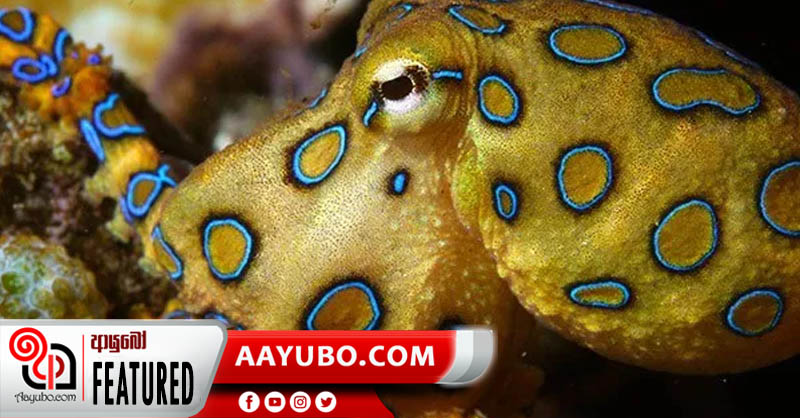
Genus - Hapalochlaena or The blue ringed octopus are perhaps three or four octopus species that lives in the tide pools as well as the coral reefs in the Pacific and Indian Oceans, from Japan to Australia ( Mainly around the southern part of New South Wales and South Australia ) They are recognized as the most venomous marine animals in the world. The blue ringed octopus diet mainly consists of small crabs, as well as shrimps but may sometimes feed on small fish if they are able to catch them.
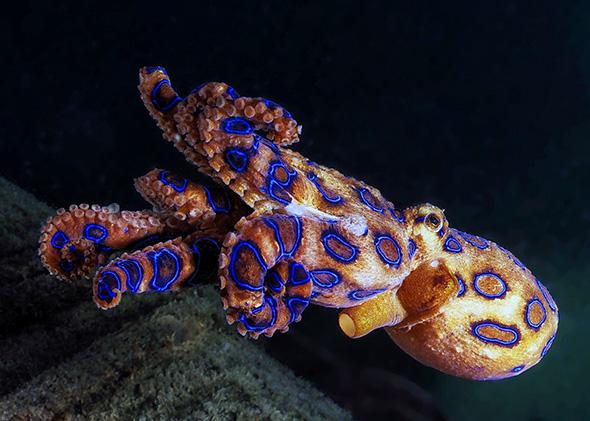
The blue ringed octopus pounces on its pray, seizing it with its arms and pulling towards its mouth. It uses its horny beak to piece through the tough exoskeleton, introducing its venom. The venom then paralyzes the muscles that is required for breathing and movements. This octopus is 12 to 20 centimetres but its venom is so powerful even enough to kill humans. No blue - ringed octopus antivenom is available. Their venom can result in nausea, respiratory arrest, heart faliure, severe or may be of total paralysis as well as blindness and can lead to death within minutes if not treated instantly. Death is usually caused by the suffocation due to the lack of oxygen to the brain.

The blue - ringed octopus though small in size carries enough venom to kill 26 adult humans within a few minutes. Futhermore, their bites are tiny and often painless, with many victims not exactly realizing that they have been envenomated until respiratory depression and paralysis start to set in. It uses its dermal chromatophore cells to camouflage itself until provoked, at which point it quickly changes its colour to bright yellow with blue rings and lines. It spends much of its life hiding in crevices. It can change its shape as like all octopus which helps it to squeeze into crevices much more smaller than itself. It safeguards the octopus from predators.

The female octopus lay only one clutch of about 50 eggs in their whole lifetime towards the end of autumn. Then these eggs are incubated underneath the female's arms for about six months, and during this process she does not eat anything. After the eggs hatch the female dies, and the new offsprings will then reach maturity and be able to mate by the next year.
by Kaushalya De Silva
Photo source : Internet
2027 Views



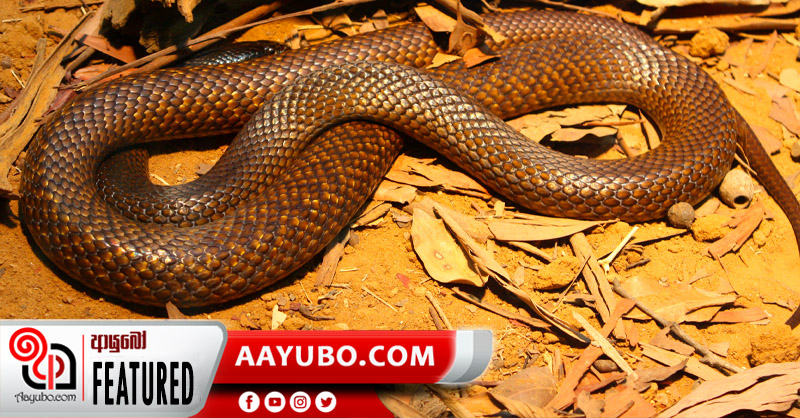
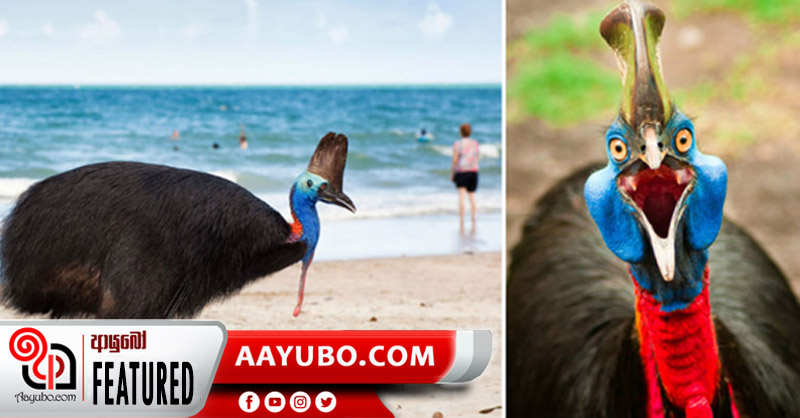
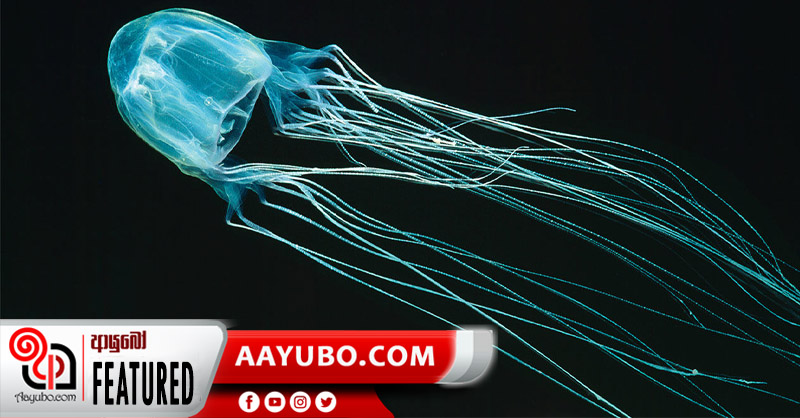
Comments